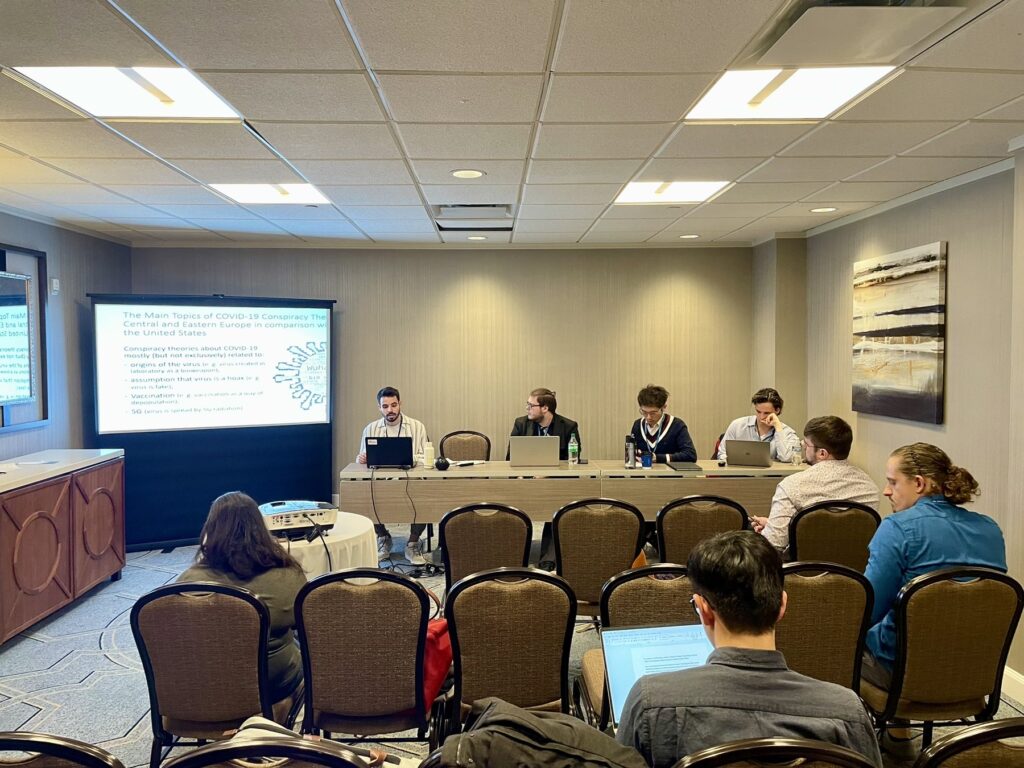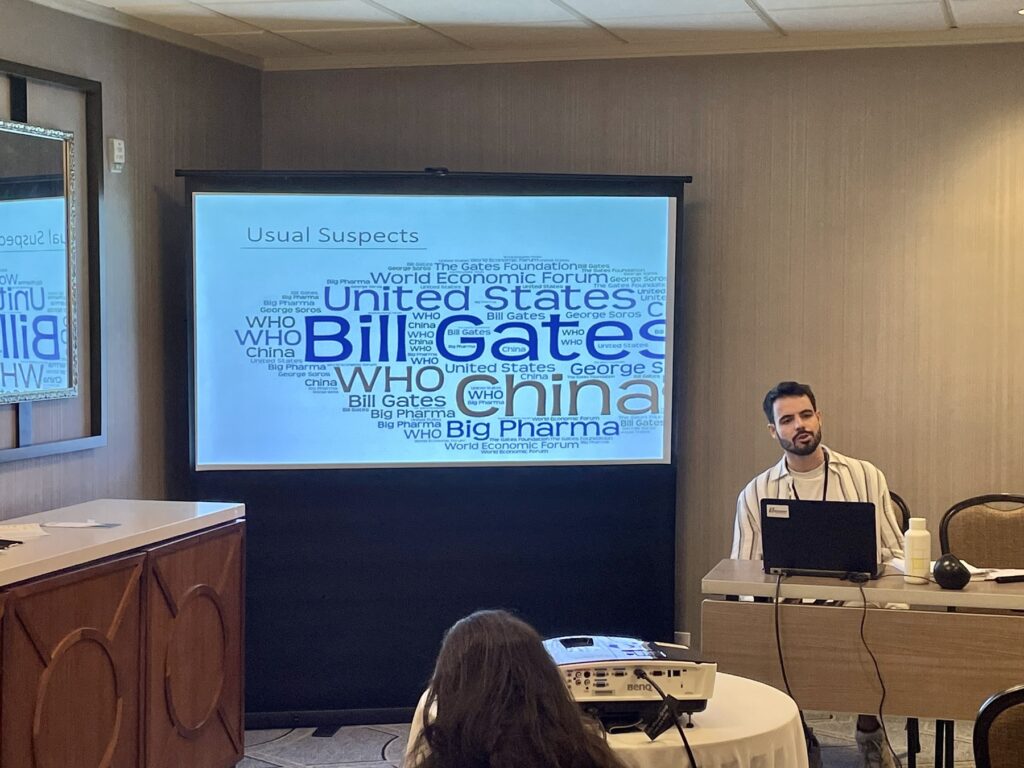Tine Šteger presented our research results in New Orleans, at the SPSA annual conference
Title: „Conspiracy theories in Central and Eastern Europe in comparison with reality in US, with focus on times of COVID-19”
Abstract: The objective of the article is to provide an overview of the phenomenon of conspiracy
theories and realities in countries of Central and Eastern Europe and USA, especially in times
of COVID-19. Countries in Central and Eastern Europe share several common characteristics while also having some distinctive historical experiences. At the same time, several characteristics
separate the United States of America from the countries of Central and Eastern Europe.
One of them is long tradition of research in the field of conspiracy theories.
We aim to explore the existence of various conspiracy narratives and prevalence of
conspiratorial beliefs among the population, with particular attention given to the impact of
the recent coronavirus pandemic, which has given impetus to many conspiracy theories,
especially in times of full-blown social media, not helped by the rise of populist politics.
As conspiracy theories can be understood as a flexible collection of arguments, images, and
interpretations, influenced by historical context and which are flexibly drawn upon,
modified, debated, and applied to novel circumstances in the course of the ongoing events
(e. g. Byford, 2014), we seek to identify the key elements of COVID-19 conspiracy theories in
Central and Eastern Europe and USA in light of conspiracy theories, that have circulated in
the regions in the recent past.
Keywords: Conspiracy theories; Central Europe; Eastern Europe; USA; COVID-19

